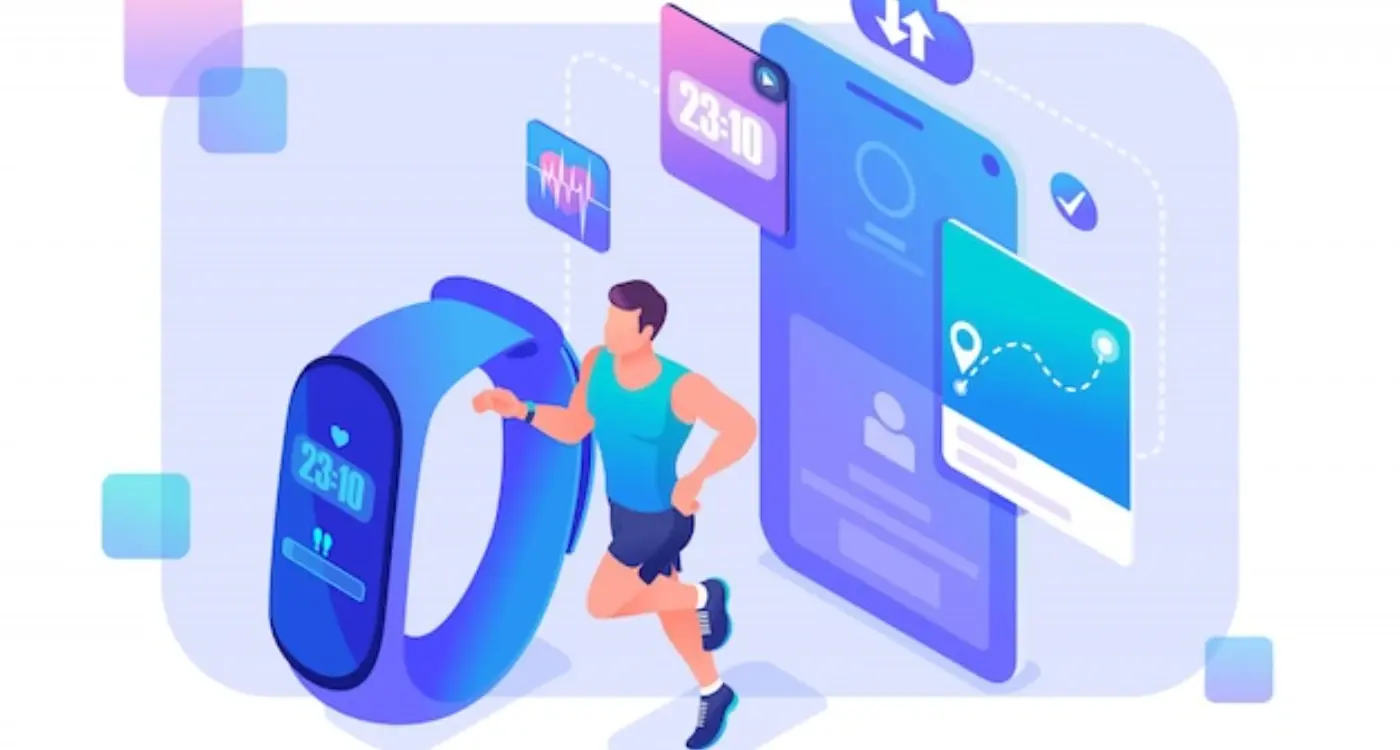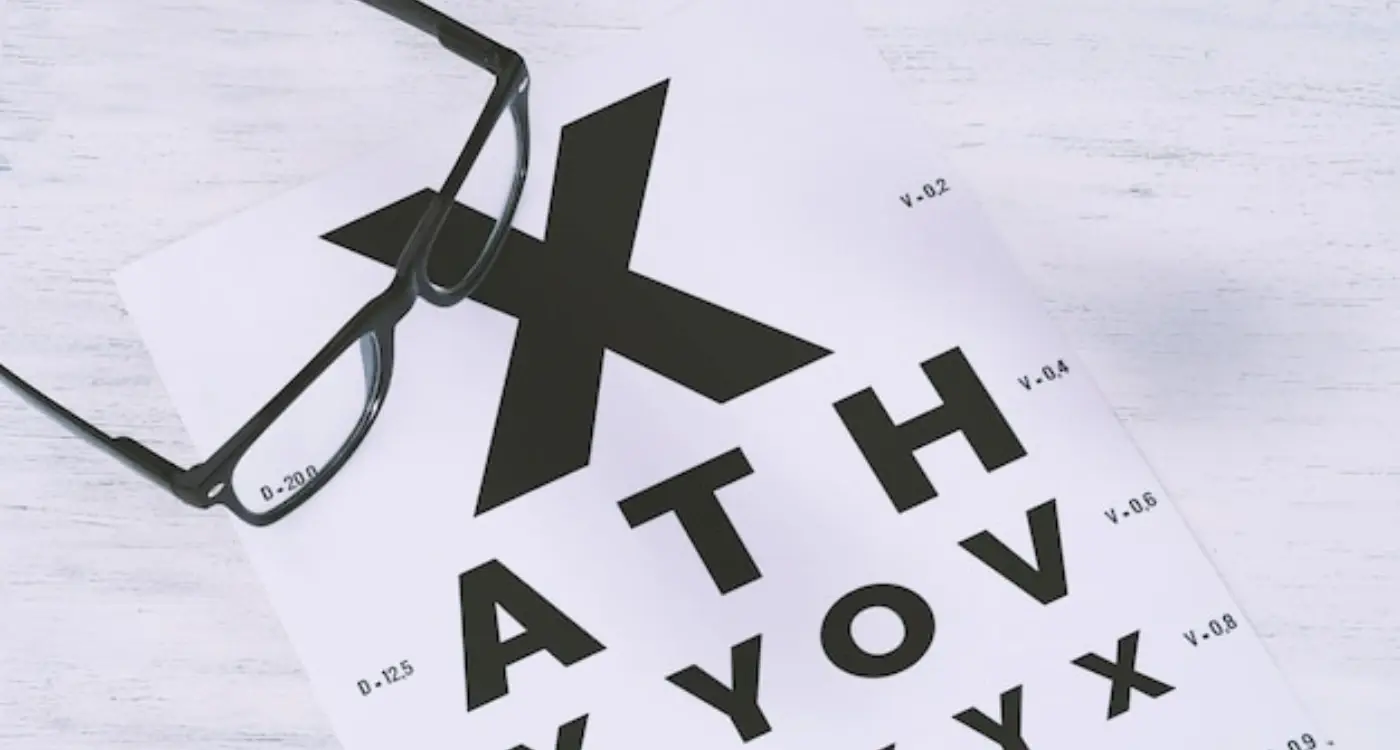How Do I Make My Agricultural App User-Friendly For Older Farmers?
Farming apps have become incredibly popular over the past decade, but there's one big problem—most of them aren't designed for the people who actually need them most. You see, the agricultural industry has a unique challenge when it comes to mobile technology. The average farmer is getting older, and many of them didn't grow up with smartphones glued to their hands like younger generations did.
I've worked with several agricultural companies over the years, and the same issue keeps coming up. They build these brilliant apps packed with features that could genuinely help farmers manage their land, track their crops, and boost their profits. But when real farmers try to use them? Well, let's just say the feedback isn't always positive. The apps are too complicated, the text is too small, and the navigation feels like trying to solve a puzzle.
The best agricultural app in the world is completely useless if the farmers can't figure out how to use it
This guide will walk you through the practical steps needed to make your agricultural app genuinely user-friendly for older farmers. We'll cover everything from simple design principles to accessibility features that actually work. Because at the end of the day, your app's success depends on whether the people who need it most can actually use it.
Understanding Your Older Farming Audience
I've worked with agricultural clients for years and there's one thing that always catches people off guard—older farmers aren't technophobic. They're actually quite practical about technology when it serves a real purpose. The challenge isn't getting them to use apps; it's making apps that fit how they think and work.
Most farmers over 50 have spent decades solving problems with their hands and their heads. They prefer straightforward solutions that don't waste time. When they open your app, they want to complete a task quickly and get back to their fields. They don't want to explore features or learn complex systems just for the sake of it.
What Makes Older Farmers Different
Their relationship with technology is purely functional. If an app helps them check weather, manage livestock records, or monitor crop prices, they'll use it. But they won't tolerate unnecessary complexity or features that don't add value to their daily routine.
- They prefer larger text and buttons—their eyes have been strained by years of outdoor work
- They want immediate access to core functions without multiple taps
- They value reliability over flashy design
- They often use devices with work gloves on
- They need offline functionality for areas with poor signal
The key is respecting their time and experience. Build something that makes their job easier, not something that makes them feel like they need to learn a new skill.
Simple Navigation Design Principles
I've watched countless older farmers struggle with apps that have confusing menus and hidden buttons—it's heartbreaking really. The truth is, most apps are designed by twenty-somethings who grew up with smartphones, but your users might be picking up their first touchscreen device at sixty or seventy years old. That's why navigation needs to be dead simple.
The golden rule I always tell my clients is this: if someone can't figure out how to get back to the main screen within three seconds, you've failed them. Older farmers don't have time to hunt around for hidden hamburger menus or swipe through multiple screens just to check the weather forecast for their crops.
Always include a clearly labelled "Home" button that's visible on every screen—older users rely on this safety net more than you'd think.
Key Navigation Elements That Work
- Large, clearly labelled buttons at the bottom of the screen
- Maximum of 4-5 main menu options
- Consistent placement of navigation elements across all screens
- Clear visual indicators showing which section the user is currently in
- Obvious back buttons that actually take users where they expect to go
Remember, these users often wear work gloves or have hands that aren't as steady as they once were. Make those touch targets big enough that they can tap them confidently without accidentally hitting the wrong button.
Making Text and Icons Readable
Working with older farmers over the years has taught me one thing above all else—if they can't read your app clearly, they won't use it. Full stop. Vision naturally changes with age, and what looks perfectly fine to a 25-year-old developer might be completely illegible to a 65-year-old farmer checking crop prices in bright sunlight.
Text size is your first battle. I always recommend starting with 16pt as your minimum font size, but honestly, going bigger won't hurt. Many successful mobile app developers I've worked on use 18pt or even 20pt as their standard. The extra space might mean fewer items fit on screen, but that's a trade-off worth making.
Colour Contrast That Actually Works
Dark text on light backgrounds works best—avoid grey text on white backgrounds at all costs. Black on white might seem harsh to younger eyes, but it's a godsend for older users. Icons need the same treatment; thin, delicate lines disappear under farm lighting conditions.
Smart Icon Choices
Icons should be obvious and large. Think weather symbols, tractors, and pound signs rather than abstract designs. Here's what works best:
- Weather icons that look like actual weather
- Equipment icons that resemble real machinery
- Text labels underneath every icon
- Consistent icon families throughout the app
The golden rule? If you need to explain what an icon means, it's probably the wrong icon.
Voice Commands and Audio Features
I've worked with plenty of farming apps over the years, and one thing that always comes up is how muddy hands make touchscreens tricky. That's where voice commands become brilliant for older farmers—they can check weather updates, log livestock data, or get crop prices without touching their phone at all.
The key is keeping voice commands simple and natural. Instead of making farmers memorise complex phrases, let them say things like "check rainfall" or "how much did corn cost yesterday?" Most smartphones already have decent voice recognition built in, so you're not starting from scratch.
Making Audio Work in Noisy Environments
Farms are noisy places—tractors, animals, wind. Your app needs to handle background noise well and offer audio feedback that's loud enough to hear over a rumbling engine. Consider adding vibration alerts too, just in case. If you're implementing voice features, be aware that accent recognition challenges can affect how well the system understands regional dialects common in farming communities.
Voice commands have completely changed how I use apps when I'm out in the fields. I can update my records without stopping what I'm doing or trying to clean my hands first.
Audio Instructions and Feedback
Don't just focus on voice input—audio output matters too. Reading text aloud helps farmers who struggle with small screens, and speaking confirmation messages ("Got it, I've logged 50 cattle") reassures users that their commands worked properly. This two-way audio approach makes your app much more user-friendly for older farmers who prefer hearing information rather than squinting at screens.
Reducing Complex Steps and Workflows
After years of building apps for all sorts of industries, I can tell you that farmers—especially older ones—don't have time for complicated processes. They're busy people who need their apps to work quickly and simply. The worst thing you can do is create a workflow that takes six taps when it could take two.
Think about the most common tasks your users will perform. Recording crop data, checking weather, or managing livestock details should be front and centre. These actions need to happen fast, with minimal steps between opening the app and getting the job done.
Breaking Down Multi-Step Processes
When you must include multiple steps, break them into clear, logical chunks. Each screen should have one main purpose—don't try to cram everything onto a single page. Use progress indicators so users know where they are in the process and how much is left.
Common Workflow Simplifications
- Replace dropdown menus with simple button choices
- Use smart defaults based on previous entries
- Allow users to save incomplete forms and return later
- Group related fields together on the same screen
- Provide shortcuts for repeat actions
Remember, every extra tap is a chance for frustration. Keep workflows short, predictable, and focused on what matters most to your farming audience.
Testing Your App with Real Farmers
Right, let's talk about something that separates the good apps from the great ones—actually testing your agricultural app with real farmers. Not your tech-savvy nephew who thinks he knows farming because he played Farmville once. I'm talking about genuine farmers who've been working the land for decades and might struggle with touchscreens.
Getting older farmers to test your app isn't always straightforward. You'll need to be patient and respectful of their time. Start by reaching out to local farming communities, agricultural colleges, or farming associations. Many farmers are surprisingly willing to help if you approach them properly and explain how your app could benefit their work.
Always test your app in real farming environments—barns, fields, and workshops. Indoor testing won't reveal issues like screen glare in sunlight or how muddy gloves affect touchscreen responsiveness.
What to Watch For During Testing
When farmers test your app, don't just ask them what they think. Watch how they use it. Do they tap icons multiple times because they're not sure if it worked? Are they squinting at the screen? These observations tell you more than verbal feedback sometimes.
- How long it takes them to complete basic tasks
- Which buttons they struggle to find or press
- Whether they can read text without glasses
- How they hold the device whilst using it
- What questions they ask during the process
Remember, making your app user-friendly for older farmers means listening to their actual experiences, not what you think they need. The accessibility improvements you make based on real farmer feedback will benefit all your users. This kind of thorough user testing can completely transform how your app performs in the real world.
Common Mistakes to Avoid
I've worked with agricultural clients for years and there's one mistake I see time and time again—assuming older farmers want the same features as younger users. This couldn't be further from the truth. Your 65-year-old wheat farmer doesn't need social sharing buttons or flashy animations; they need clear, simple tools that help them get their job done quickly.
Another massive error is cramming too much information onto one screen. I once reviewed an app that had twelve different buttons on the home page—it was overwhelming for anyone, let alone someone who might not be entirely comfortable with technology. Keep your screens focused on one main task at a time.
Don't Skip the Real Testing
Testing your app with actual farmers is non-negotiable, yet many developers skip this step. Your 25-year-old designer might think the interface is perfect, but that means nothing if your target users can't figure it out. I've seen apps completely redesigned after just one afternoon of testing with real farmers.
Finally, don't ignore accessibility features. Large text options, high contrast modes, and simple navigation aren't nice-to-haves—they're requirements. Understanding the cost factors involved in building these features properly is essential for project planning.
Conclusion
Making your agricultural app user-friendly for older farmers isn't just about ticking boxes—it's about respect and understanding. These are people who've been working the land for decades, bringing invaluable experience to their craft. They deserve technology that works with them, not against them.
The principles we've covered aren't complicated: large text that's easy to read, simple navigation that makes sense, voice commands that actually work, and workflows that don't require a computer science degree. What matters most is remembering that accessibility benefits everyone, not just older users.
At Glance, we've seen too many agricultural apps fail because developers forgot who was actually going to use them. The farmers out in muddy fields with gloved hands and bright sunlight glaring on their screens. The ones who need information quickly without fumbling through endless menus.
Testing with real farmers will tell you more than any design theory ever could. Listen to their feedback, watch how they interact with your app, and be prepared to simplify things you thought were already simple. Your app's success depends on whether it solves real problems for real people—and older farmers have plenty of both wisdom and problems worth solving.
Share this
Subscribe To Our Learning Centre
You May Also Like
These Related Guides

How Do I Make My App Intuitive For First-Time Users?

What Makes Wearable App Navigation Different from Mobile Apps?



